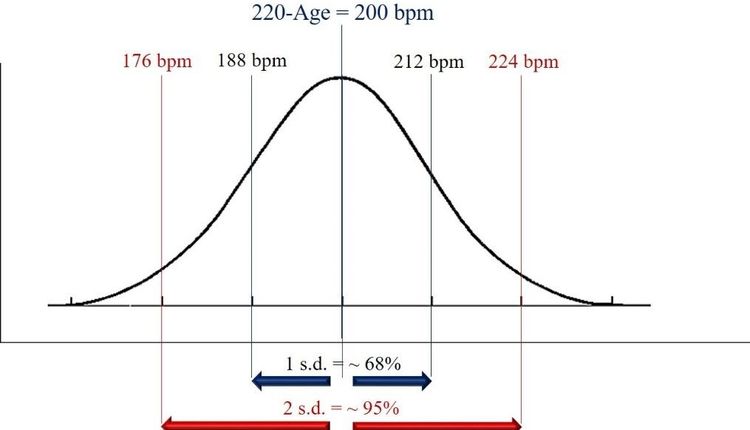"Directed Thinking" involves asking people to think about information related to a topic that they already know which directs them to action. A study in the Journal of Applied Biobehavioral Research shows how "directed thinking" led to an increase in exercise performance and fitness in sedentary college students.
Laura L. Ten Eyck, PhD, Dana P. Gresky, PhD, and Charles G. Lord, PhD, studied 61 college students who did not exercise on a regular basis or exercised inconsistently. Researchers asked students to think about ideas that fell into either the "reasons" category or the "actions" category. For example, some participants were asked to list the reasons why they should increase the performance of a target cardiovascular exercise they had previously selected, such as to be healthier or lose weight. Other participants were asked to list actions they could take to increase exercise performance, such a joining a gym or working out with a friend.
Having the students for eight weeks bring to mind and list actions they could take to increase exercise performance led to an increase in exercise and improved cardiovascular fitness. However, having students repeatedly bring to mind the reasons why they should do the target exercise did not increase time spent exercising.
"Our results suggest that people who are out of shape and at risk for serious health problems may be able to think their own way out of their unhealthy lifestyle and onto the path towards better physical fitness," the authors conclude. "It could change the way that people think about motivating themselves and others."
This study is published in the Journal of Applied Biobehavioral Research.
Laura L. Ten Eyck, PhD, is affiliated with the Children's Medical Center Dallas.
The Journal of Applied Biobehavioral Research, launched in 1993, aims to disseminate findings of behavioral science research which have applications to current problems of society. By publishing relevant research and emphasizing the excellence of experimental design, as well as potential applicability of experimental results, the journal intends to bridge the theoretical and applied areas of biobehavioral research.
For more health information, visit www.medicalnewstoday.com.
Laura L. Ten Eyck, PhD, Dana P. Gresky, PhD, and Charles G. Lord, PhD, studied 61 college students who did not exercise on a regular basis or exercised inconsistently. Researchers asked students to think about ideas that fell into either the "reasons" category or the "actions" category. For example, some participants were asked to list the reasons why they should increase the performance of a target cardiovascular exercise they had previously selected, such as to be healthier or lose weight. Other participants were asked to list actions they could take to increase exercise performance, such a joining a gym or working out with a friend.
Having the students for eight weeks bring to mind and list actions they could take to increase exercise performance led to an increase in exercise and improved cardiovascular fitness. However, having students repeatedly bring to mind the reasons why they should do the target exercise did not increase time spent exercising.
"Our results suggest that people who are out of shape and at risk for serious health problems may be able to think their own way out of their unhealthy lifestyle and onto the path towards better physical fitness," the authors conclude. "It could change the way that people think about motivating themselves and others."
This study is published in the Journal of Applied Biobehavioral Research.
Laura L. Ten Eyck, PhD, is affiliated with the Children's Medical Center Dallas.
The Journal of Applied Biobehavioral Research, launched in 1993, aims to disseminate findings of behavioral science research which have applications to current problems of society. By publishing relevant research and emphasizing the excellence of experimental design, as well as potential applicability of experimental results, the journal intends to bridge the theoretical and applied areas of biobehavioral research.
For more health information, visit www.medicalnewstoday.com.







